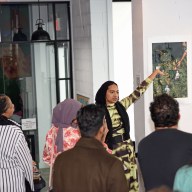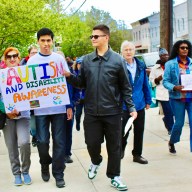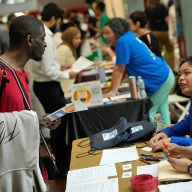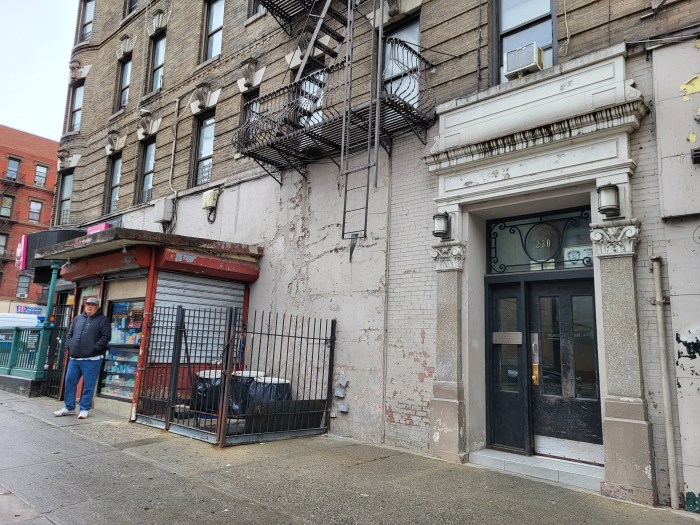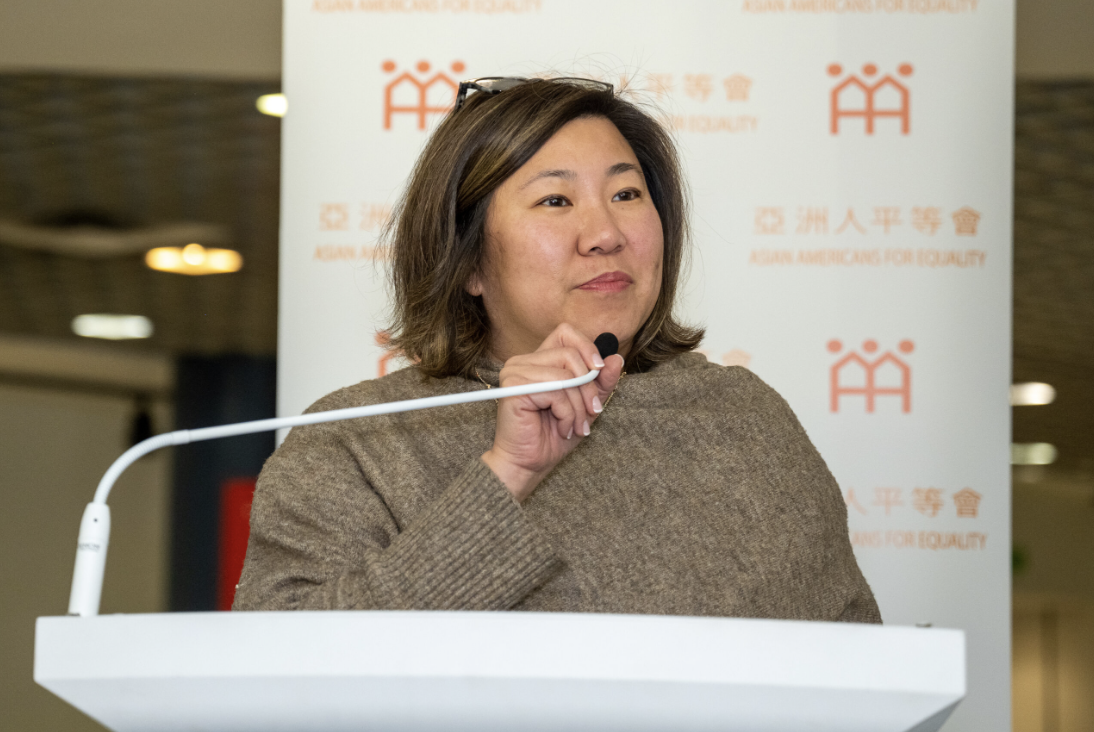If you’ve been having trouble reading, recognizing familiar faces or seeing street signs, you’re not alone. Low vision, or uncorrectable vision impairment, currently affects six million Americans — a number expected to grow substantially as the nation’s population ages. This means millions of Americans are at risk of losing their independence in the future.
While some normal changes to the eyes and vision occur as people get older, low vision is a unique condition in which sight cannot be corrected through surgery, pharmaceuticals, eyeglasses or contact lenses. Low vision is characterized by partial sight, such as blurred vision, blind spots or tunnel vision.
Most people develop low vision because of eye diseases and health conditions such as age-related macular degeneration, glaucoma or diabetic retinopathy. Symptoms can include:
• Hazy or blurred vision
• Loss of peripheral vision
• Color confusion
• Trouble reading, cooking or doing close-up tasks
• Difficulty recognizing familiar faces
The Vision Council recommends scheduling an appointment with an eye doctor if you or your loved ones experience any such symptoms. Low vision can affect daily routines, leisure activities and the ability to perform job-related functions, which can lead to loss of income. Additionally, people with low vision who lose depth perception are at greater risk of falling and injuring themselves.
Recently, pharmaceuticals have been used to slow the progression of vision loss. In most cases, however, the vision already lost cannot be restored. But technology can help maximize remaining vision and restore independence.
“There are many useful tools and products available that can provide low vision patients with new solutions for everyday living,” said Ed Greene, CEO of The Vision Council.
For example, magnifiers are available in a variety of powers and sizes, allowing users to see objects up close, like pill bottles, newspapers, checkbooks and more. Telescopes, which can be hand-held or head-worn, improve sight at multiple distances. Telescopes are useful when viewing objects at a distance, like a television.
Electronic or video magnifiers consist of a monitor and video camera, some the size of a mobile phone. Video magnifiers allow users to enlarge objects like crossword puzzles and photos. Users can adjust the viewing mode (contrast, color combination, etc.) to more easily see the object.
Another option is eyeglasses with lenses specially designed to help improve sight at near distances. These eyeglasses can be used for reading applications. Glare control filters, also called absorptive filters, increase contrast and protect light-sensitive eyes from glare. They can be used in combination with low vision devices or worn over eyeglasses.
If you or someone you know has trouble seeing, visit www.thevisioncouncil.org or call 1-877-457-0536 to request a free information packet on maintaining independence while living with low vision.
By visiting an eye care professional and combining new technologies with adaptive behavior, people with low vision can continue to lead active and independent lives.
Courtesy of State Point









